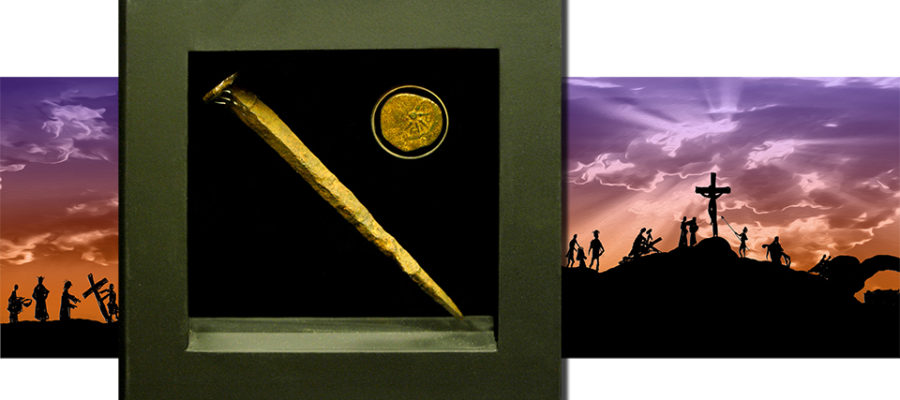Biblical-era coinage refers to ancient coins that were used during the time period covered by the Bible. That is to say, from the sixth century BCE until the first century CE. These coins tell us a lot about the politics of the day, as well as the economic and cultural influences. They also give insight into the spread of Christianity and some historical developments described in the Bible. Some of the coins are mentioned directly in the Bible. For instance, the widow’s mite (a small copper coin) and the thirty pieces of silver that Judas received for betraying Jesus.
Biblical coins were minted by a variety of different powers, including Persian, Greek, Roman, and Jewish authorities. The images and inscriptions on the coins reflect the values and beliefs of these societies. In fact, they often depicted religious figures or symbols, as well as important leaders and events. In addition to their historical and cultural significance, biblical coins are also valued by collectors for their rarity and beauty. Many of these coins have survived to the present day and can be found in museums and private collections around the world.
Highly sought-after Biblical coins
The most popular and highly sought-after Biblical coins among collectors are those that are mentioned directly in the Bible. These include the widow’s mite and the shekel of Tyre. The widow’s mite, which is a small copper coin, is particularly popular due to its symbolic significance. To clarify, it represents sacrificial giving. Shekels of Tyre, on the other hand, were large silver coins that were used to pay the annual Temple tax in Jerusalem. Other popular Biblical coins include those that feature portraits of famous rulers. For example, great leaders like Alexander the Great, Julius Caesar, and Herod the Great. Interestingly, these coins provide a fascinating glimpse into the politics and culture of the time. Moreover, they depict historical figures that played important roles in the biblical narrative. For instance, the Ark of the Covenant or the Menorah are also highly sought-after by collectors. They appreciate their cultural and religious significance. Overall, the value and appeal of Biblical coins lies in their unique historical and cultural significance. Biblical-era coinage will appeal to even the most casual collector due to its beauty and scarcityMoney of the Bible
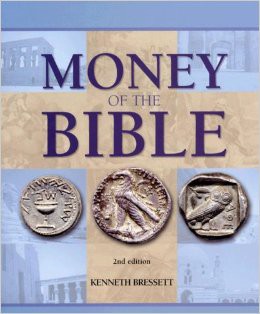
Here are some examples of Biblical-era coinage: Just follow the links to find out more information about these historically significant coins from the time Jesus walked the earth and Christianity was being discovered:
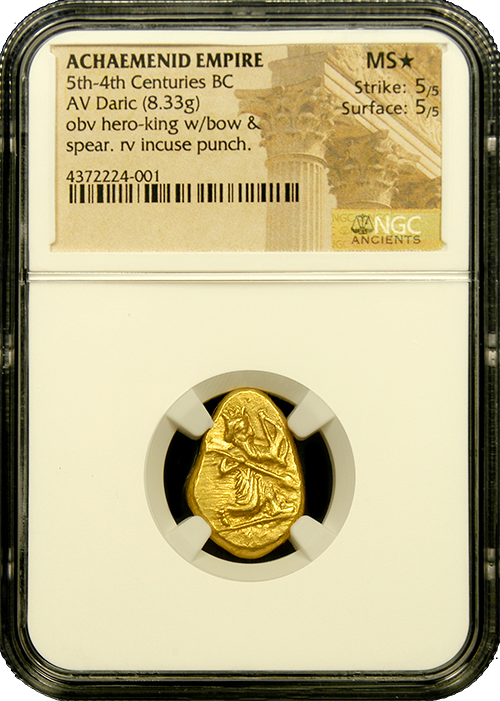
2,450-year-old Gold Darics—the first coins mentioned in biblical literature that was used to rebuild the Temple in Jerusalem
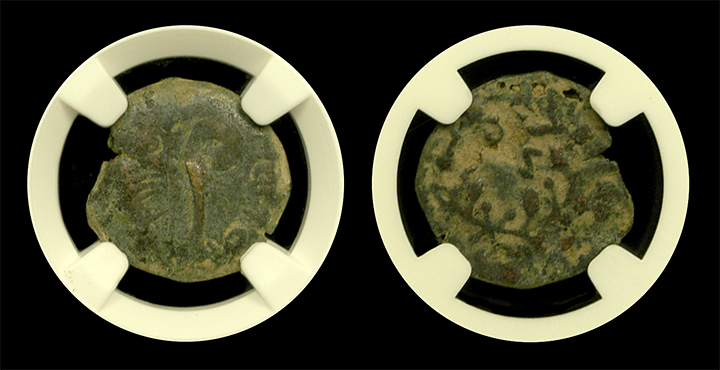
2,000-year-old “Widow’s Mite” coins
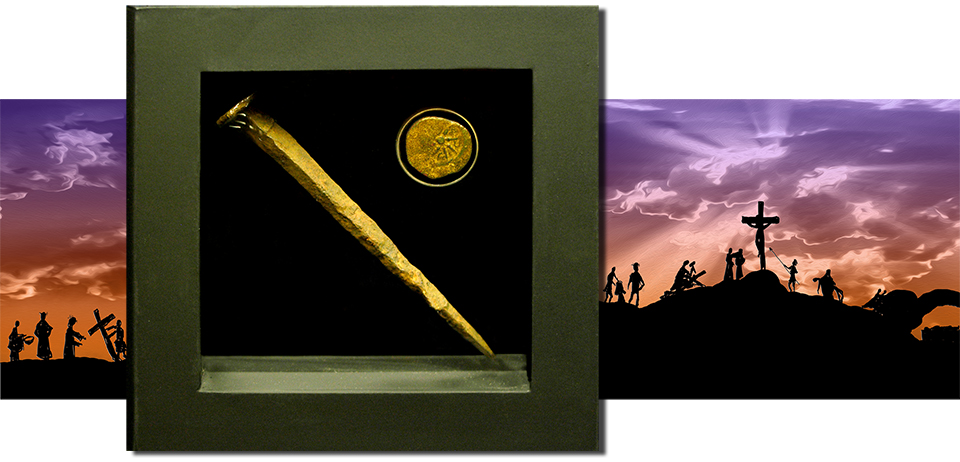
Genuine Crucifixion-Era Roman Nails that date back to around 80 A.D.

